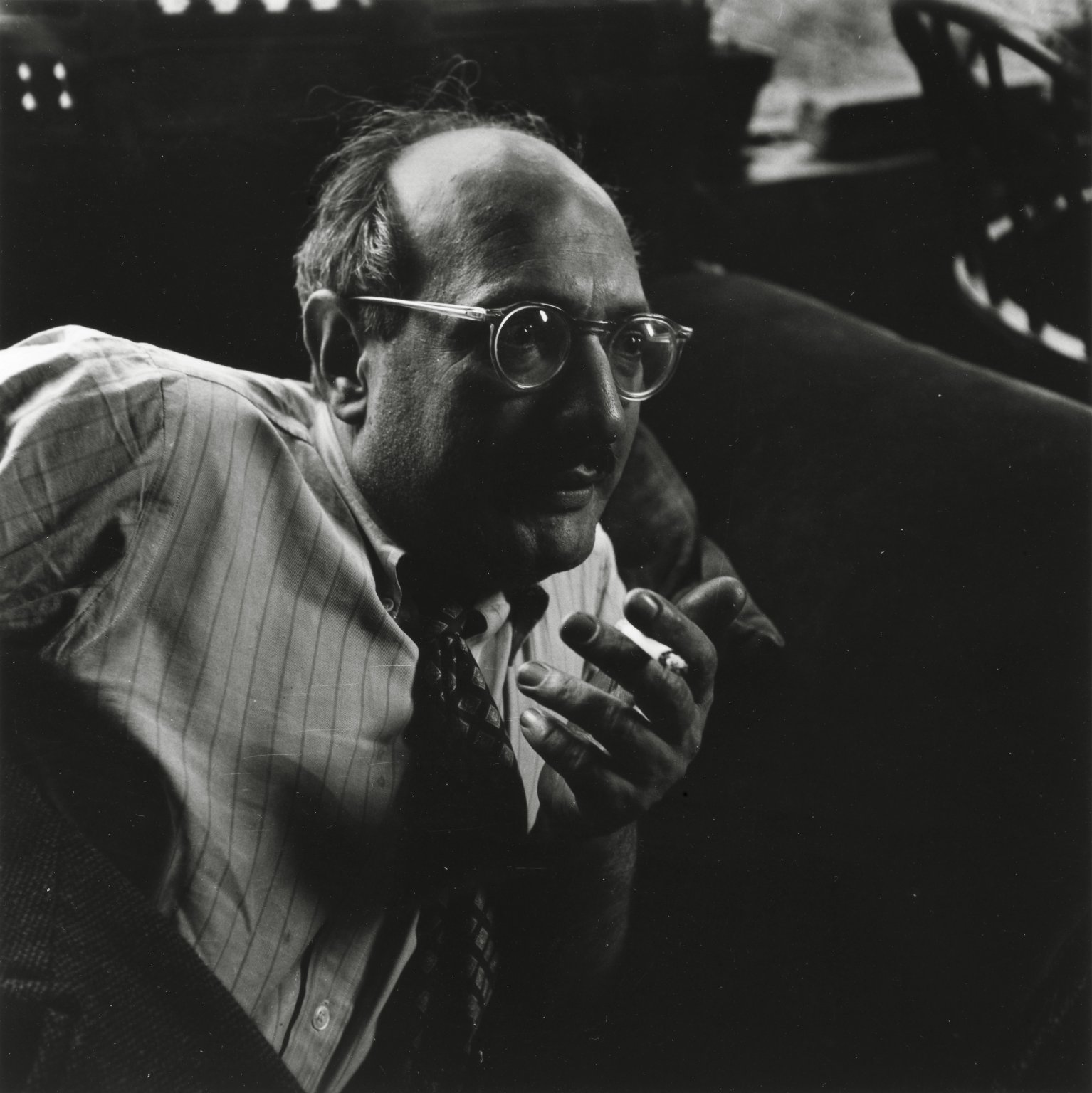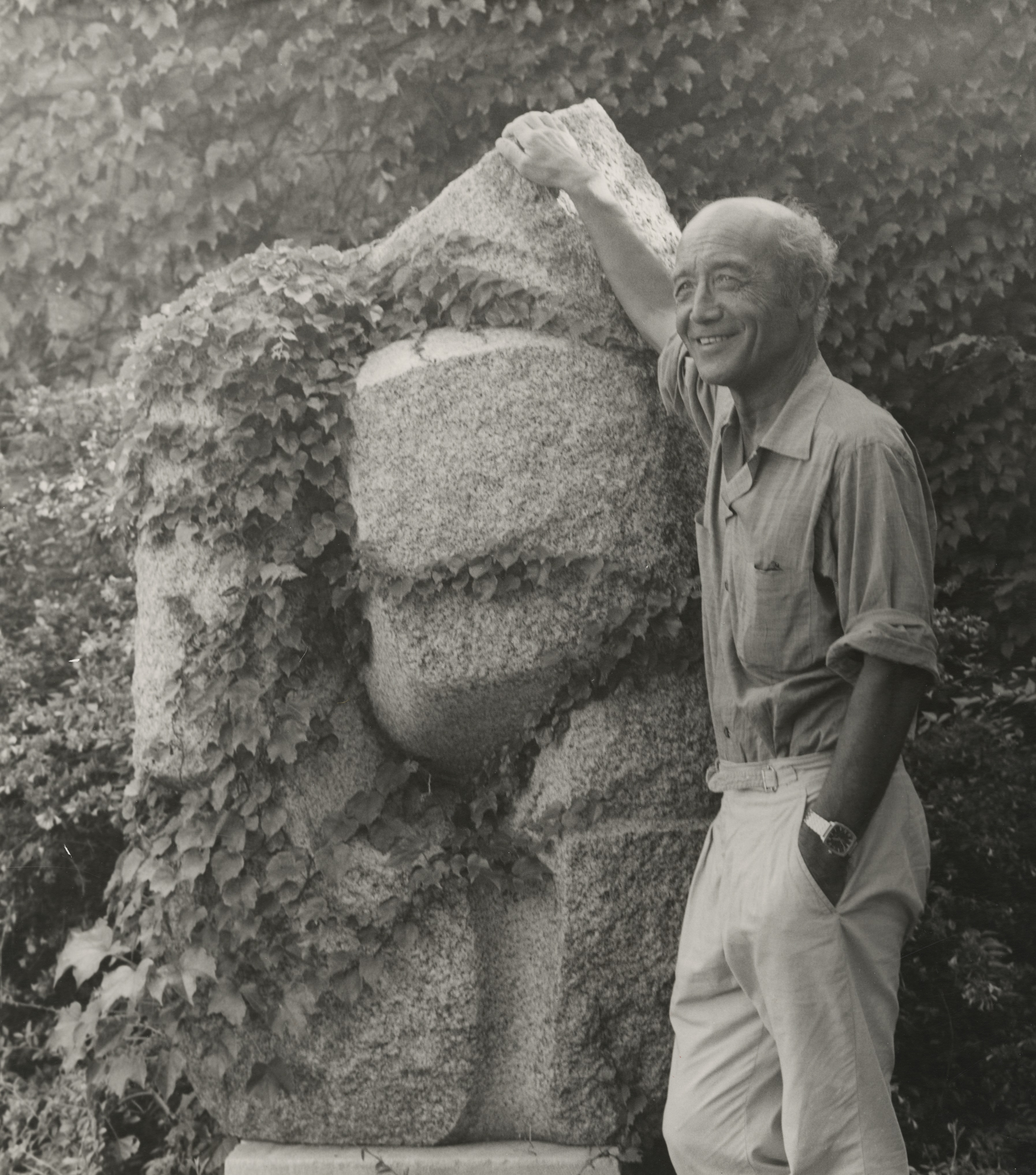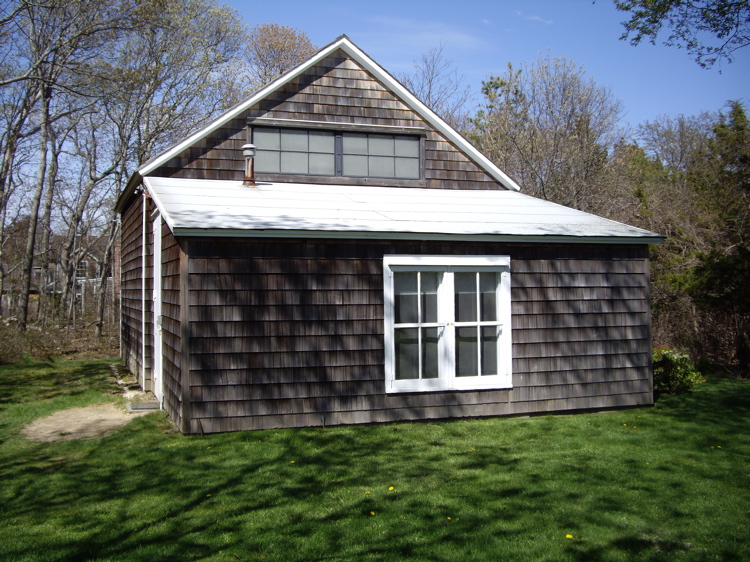|
Fred Olsen
Fredrich Olsen (1891–1986) was a British-born American chemist remembered as the inventor of ball propellant and as a donor or seller to the art antiquities collections of Yale University, the University of Illinois, and the Massachusetts Institute of Technology. Professional chemist Olsen was born on February 28, 1891 in Newcastle upon Tyne, England. Following education in Canada, he began his professional career in 1917 as chief chemist for the Aetna Explosives Company of Gary, Indiana. When Aetna went out of business following World War I, Olsen worked at Picatinny Arsenal from 1919 to 1929 devising a remanufacturing process to preserve deteriorating military inventories of smokeless powder in artillery ammunition manufactured during World War I. He was then employed by the Western Cartridge Company of East Alton, Illinois, where he patented the Ball Powder manufacturing process in 1933. Western Cartridge Company became an Olin Corporation subsidiary in 1944, and Olsen was ap ... [...More Info...] [...Related Items...] OR: [Wikipedia] [Google] [Baidu] |
Newcastle Upon Tyne
Newcastle upon Tyne ( RP: , ), or simply Newcastle, is a city and metropolitan borough in Tyne and Wear, England. The city is located on the River Tyne's northern bank and forms the largest part of the Tyneside built-up area. Newcastle is also the most populous city of North East England. Newcastle developed around a Roman settlement called Pons Aelius and the settlement later took the name of a castle built in 1080 by William the Conqueror's eldest son, Robert Curthose. Historically, the city’s economy was dependent on its port and in particular, its status as one of the world's largest ship building and repair centres. Today, the city's economy is diverse with major economic output in science, finance, retail, education, tourism, and nightlife. Newcastle is one of the UK Core Cities, as well as part of the Eurocities network. Famous landmarks in Newcastle include the Tyne Bridge; the Swing Bridge; Newcastle Castle; St Thomas’ Church; Grainger Town including G ... [...More Info...] [...Related Items...] OR: [Wikipedia] [Google] [Baidu] |
East Alton, Illinois
East Alton is a village in Madison County, Illinois, United States. The population was 6,301 at the 2010 census. History East Alton was incorporated as a village in 1893 (some say 1894). William Cobb, namesake of Cobb Street, was one of the first mayors, from 1895 to 1896, and again in 1902–1905. Like many Riverbend communities, the town dates back to when European settlers came to the area in the early 19th century. And it wasn't always East Alton — the community was known as Emerald, Milton Settlement and Alton Junction. Alton Junction was also known as Wann Junction, famous locally for being the site of a horrific rail disaster. Geography East Alton is located at (38.883397, -90.106113). According to the 2010 census, East Alton has a total area of , of which (or 95.79%) is land and (or 4.21%) is water. Demographics As of the census of 2000, there were 6,830 people, 2,965 households, and 1,787 families residing in the village. The population density was . There we ... [...More Info...] [...Related Items...] OR: [Wikipedia] [Google] [Baidu] |
Guyana
Guyana ( or ), officially the Cooperative Republic of Guyana, is a country on the northern mainland of South America. Guyana is an indigenous word which means "Land of Many Waters". The capital city is Georgetown. Guyana is bordered by the Atlantic Ocean to the north, Brazil to the south and southwest, Venezuela to the west, and Suriname to the east. With , Guyana is the third-smallest sovereign state by area in mainland South America after Uruguay and Suriname, and is the second-least populous sovereign state in South America after Suriname; it is also one of the least densely populated countries on Earth. It has a wide variety of natural habitats and very high biodiversity. The region known as " the Guianas" consists of the large shield landmass north of the Amazon River and east of the Orinoco River known as the "land of many waters". Nine indigenous tribes reside in Guyana: the Wai Wai, Macushi, Patamona, Lokono, Kalina, Wapishana, Pemon, Akawaio and Warao. ... [...More Info...] [...Related Items...] OR: [Wikipedia] [Google] [Baidu] |
Suriname
Suriname (; srn, Sranankondre or ), officially the Republic of Suriname ( nl, Republiek Suriname , srn, Ripolik fu Sranan), is a country on the northeastern Atlantic coast of South America. It is bordered by the Atlantic Ocean to the north, French Guiana to the east, Guyana to the west, and Brazil to the south. At just under , it is the smallest sovereign state in South America. It has a population of approximately , dominated by descendants from the slaves and labourers brought in from Africa and Asia by the Dutch Empire and Republic. Most of the people live by the country's (north) coast, in and around its capital and largest city, Paramaribo. It is also one of the least densely populated countries on Earth. Situated slightly north of the equator, Suriname is a tropical country dominated by rainforests. Its extensive tree cover is vital to the country's efforts to mitigate climate change and maintain carbon negativity. A developing country with a relativel ... [...More Info...] [...Related Items...] OR: [Wikipedia] [Google] [Baidu] |
Arawak
The Arawak are a group of indigenous peoples of northern South America and of the Caribbean. Specifically, the term "Arawak" has been applied at various times to the Lokono of South America and the Taíno, who historically lived in the Greater Antilles and northern Lesser Antilles in the Caribbean. All these groups spoke related Arawakan languages. Name Early Spanish explorers and administrators used the terms ''Arawak'' and '' Caribs'' to distinguish the peoples of the Caribbean, with ''Carib'' reserved for indigenous groups that they considered hostile and ''Arawak'' for groups that they considered friendly. In 1871, ethnologist Daniel Garrison Brinton proposed calling the Caribbean populace "Island Arawak" due to their cultural and linguistic similarities with the mainland Arawak. Subsequent scholars shortened this convention to "Arawak", creating confusion between the island and mainland groups. In the 20th century, scholars such as Irving Rouse resumed using "Taíno ... [...More Info...] [...Related Items...] OR: [Wikipedia] [Google] [Baidu] |
Antigua
Antigua ( ), also known as Waladli or Wadadli by the native population, is an island in the Lesser Antilles. It is one of the Leeward Islands in the Caribbean region and the main island of the country of Antigua and Barbuda. Antigua and Barbuda became an independent state within the Commonwealth of Nations on 1 November 1981. ''Antigua'' means "ancient" in Spanish after an icon in Seville Cathedral, "" — St. Mary of the Old Cathedral.Kessler, Herbert L. & Nirenberg, David. Judaism and Christian Art: Aesthetic Anxieties from the Catacombs to Colonialism'' Accessed 23 September 2011. The name ''Waladli'' comes from the indigenous inhabitants and means approximately "our own". The island's perimeter is roughly and its area . Its population was 83,191 (at the 2011 Census). The economy is mainly reliant on tourism, with the agricultural sector serving the domestic market. Over 22,000 people live in the capital city, St. John's. The capital is situated in the north-wes ... [...More Info...] [...Related Items...] OR: [Wikipedia] [Google] [Baidu] |
Mark Rothko
Mark Rothko (), born Markus Yakovlevich Rothkowitz (russian: Ма́ркус Я́ковлевич Ротко́вич, link=no, lv, Markuss Rotkovičs, link=no; name not Anglicized until 1940; September 25, 1903 – February 25, 1970), was a Latvian-American abstract painter. He is best known for his color field paintings that depicted irregular and painterly rectangular regions of color, which he produced from 1949 to 1970. Although Rothko did not personally subscribe to any one school, he is associated with the American Abstract Expressionist movement of modern art. Originally emigrating to Portland, Oregon from Russia with his family, Rothko later moved to New York City where his youthful period of artistic production dealt primarily with urban scenery. In response to World War II, Rothko's art entered a transitional phase during the 1940s, where he experimented with mythological themes and Surrealism to express tragedy. Toward the end of the decade Rothko painted canvase ... [...More Info...] [...Related Items...] OR: [Wikipedia] [Google] [Baidu] |
Isamu Noguchi
was an American artist and landscape architect whose artistic career spanned six decades, from the 1920s onward. Known for his sculpture and public artworks, Noguchi also designed stage sets for various Martha Graham productions, and several mass-produced lamps and furniture pieces, some of which are still manufactured and sold. In 1947, Noguchi began a collaboration with the Herman Miller company, when he joined with George Nelson, Paul László and Charles Eames to produce a catalog containing what is often considered to be the most influential body of modern furniture ever produced, including the iconic Noguchi table which remains in production today. His work lives on around the world and at the Isamu Noguchi Foundation and Garden Museum in New York City. Biography Early life (1904–1922) Isamu Noguchi was born in Los Angeles, the son of Yone Noguchi, a Japanese poet who was acclaimed in the United States, and Léonie Gilmour, an American writer who edited much o ... [...More Info...] [...Related Items...] OR: [Wikipedia] [Google] [Baidu] |
Blue Poles
''Blue Poles'', also known as ''Number 11, 1952'' is an abstract expressionist painting by American artist Jackson Pollock. It was purchased amid controversy by the National Gallery of Australia in 1973 and today remains one of the gallery's major paintings. Title At the time of the painting's creation, Pollock preferred not to assign names to his works, but rather numbers; hence, the original title of the painting was simply ''Number 11'' or ''No. 11'' for the year 1952. In 1954, the new title ''Blue Poles'' was first seen at an exhibition at the Sidney Janis Gallery; it reportedly originated from Pollock himself.Lloyd, Michael and Michael Desmond''Blue Poles'' National Gallery of Australia. Excerpted from ''European and American Paintings and Sculptures 1870–1970 in the Australian National Gallery'' by M. Lloyd and M. Desmond, 1992. According to art historian Dennis Phillips, the specific rather than ambiguous title "limits our field of comprehension and does the painting ... [...More Info...] [...Related Items...] OR: [Wikipedia] [Google] [Baidu] |
Jackson Pollock
Paul Jackson Pollock (; January 28, 1912August 11, 1956) was an American painter and a major figure in the abstract expressionist movement. He was widely noticed for his " drip technique" of pouring or splashing liquid household paint onto a horizontal surface, enabling him to view and paint his canvases from all angles. It was called all-over painting and action painting, since he covered the entire canvas and used the force of his whole body to paint, often in a frenetic dancing style. This extreme form of abstraction divided the critics: some praised the immediacy of the creation, while others derided the random effects. In 2016, Pollock's painting titled '' Number 17A'' was reported to have fetched US$200 million in a private purchase. A reclusive and volatile personality, Pollock struggled with alcoholism for most of his life. In 1945, he married the artist Lee Krasner, who became an important influence on his career and on his legacy. Pollock died at the age of 44 in ... [...More Info...] [...Related Items...] OR: [Wikipedia] [Google] [Baidu] |
Chinese Art
Chinese art is visual art that originated in or is practiced in China, Greater China or by Chinese artists. Art created by Chinese residing outside of China can also be considered a part of Chinese art when it is based in or draws on Chinese culture, heritage, and history. Early " Stone Age art" dates back to 10,000 BC, mostly consisting of simple pottery and sculptures. After that period, Chinese art, like Chinese history, was typically classified by the succession of ruling dynasties of Chinese emperors, most of which lasted several hundred years. The Palace Museum in Beijing and the National Palace Museum in Taipei contains extensive collections of Chinese art. Chinese art is marked by an unusual degree of continuity within, and consciousness of, tradition, lacking an equivalent to the Western collapse and gradual recovery of Western classical styles of art. Decorative arts are extremely important in Chinese art, and much of the finest work was produced in large worksh ... [...More Info...] [...Related Items...] OR: [Wikipedia] [Google] [Baidu] |
Modern Art
Modern art includes artistic work produced during the period extending roughly from the 1860s to the 1970s, and denotes the styles and philosophies of the art produced during that era. The term is usually associated with art in which the traditions of the past have been thrown aside in a spirit of experimentation. Modern artists experimented with new ways of seeing and with fresh ideas about the nature of materials and functions of art. A tendency away from the narrative, which was characteristic for the traditional arts, toward abstraction is characteristic of much modern art. More recent artistic production is often called contemporary art or postmodern art. Modern art begins with the heritage of painters like Vincent van Gogh, Paul Cézanne, Paul Gauguin, Georges Seurat and Henri de Toulouse-Lautrec all of whom were essential for the development of modern art. At the beginning of the 20th century Henri Matisse and several other young artists including the Proto-Cubism, pre-c ... [...More Info...] [...Related Items...] OR: [Wikipedia] [Google] [Baidu] |






